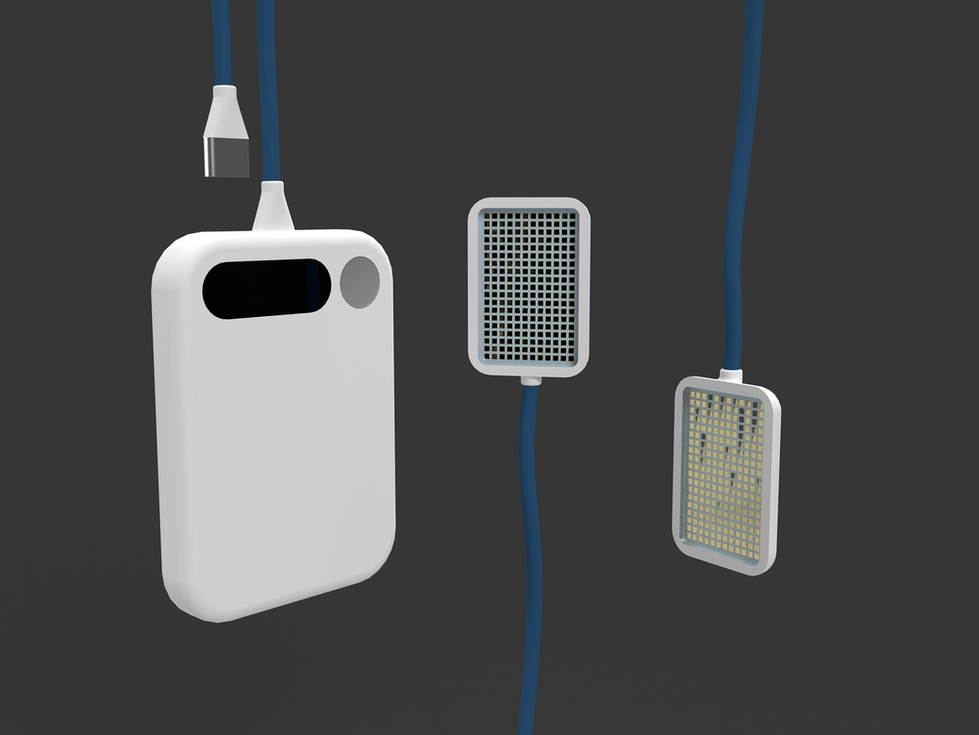Brent van Herk
Create Your First Project
Start adding your projects to your portfolio. Click on "Manage Projects" to get started
Early Stroke Detection Device
Date
2023
Project type
Master Biomedical Engineering Course
Integrative Design of Biomedical Products
202400400
Areas of Expertise
DRP, MDC, C&A, U&S
Each year, millions of lives are impacted by strokes, often detected only after severe symptoms occur and when treatment is less effective. This project presents a novel biomedical device that enables real-time, non-invasive monitoring of carotid artery plaque buildup to predict stroke risk hours before symptom onset.
The device consists of two compact ultrasound probes placed together on the neck. Each probe uses high-density (400 elements/cm²) imaging connected via a hydrogel-based couplant, ensuring skin comfort and image fidelity. The images are transmitted to a portable processing unit, which applies advanced pre-processing and machine learning.
Using a trained random forest model, the system identifies and classifies plaque buildup with over 91% accuracy. If plaque surpasses a 70% threshold, the device triggers a real-time alarm, enabling early intervention. The user interface includes a clip-on unit with a display and Bluetooth connectivity for app integration and data sharing with clinicians.
As part of a Biomedical Engineering course at the University of Twente, this project demonstrates how we can design clinical concepts into safe, functional, and user-informed medical devices. It integrates MDC through machine learning-driven risk detection, CA in the ergonomic and interaction design and U&S in designing for early detection that can significantly change lives.



